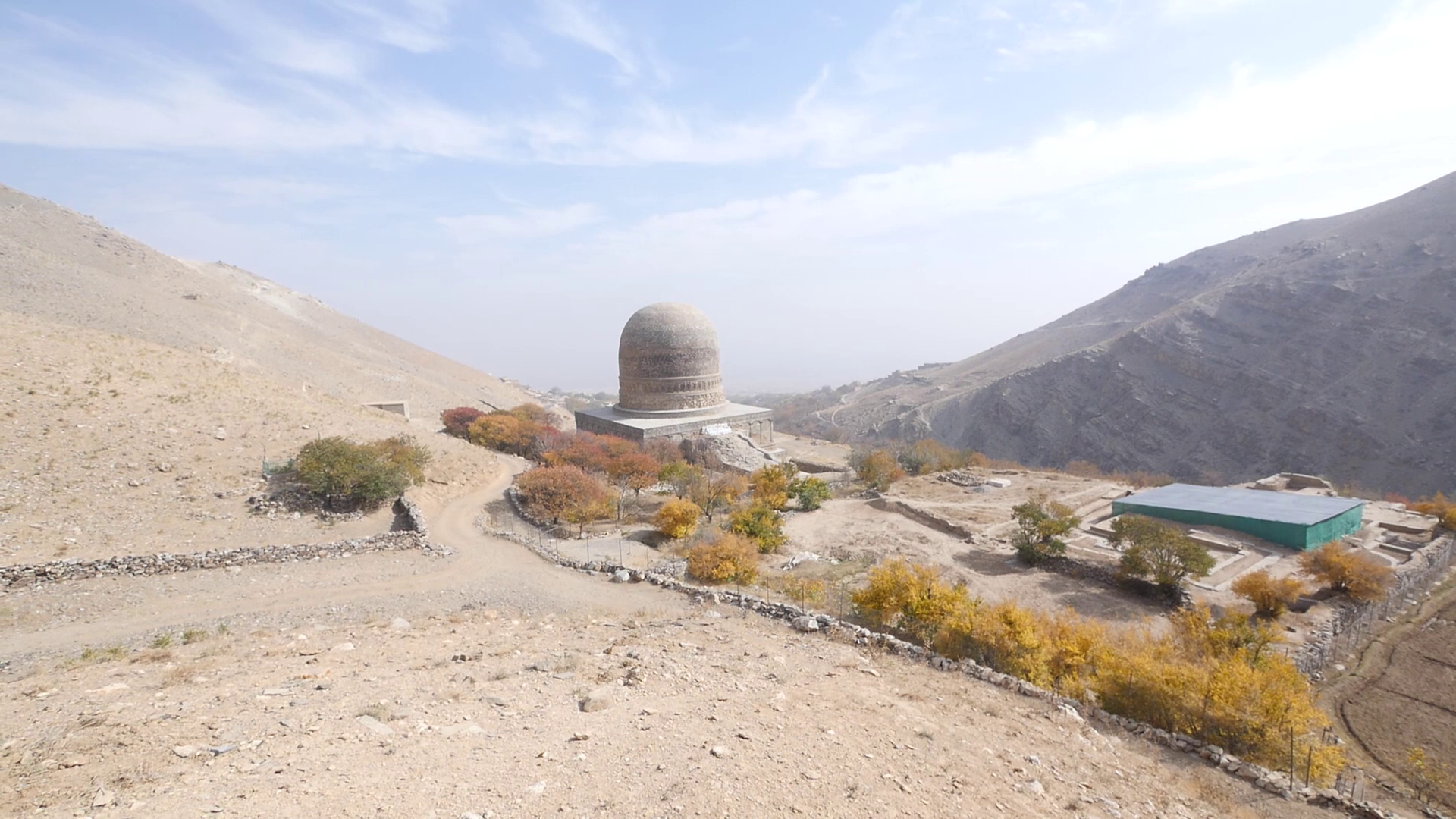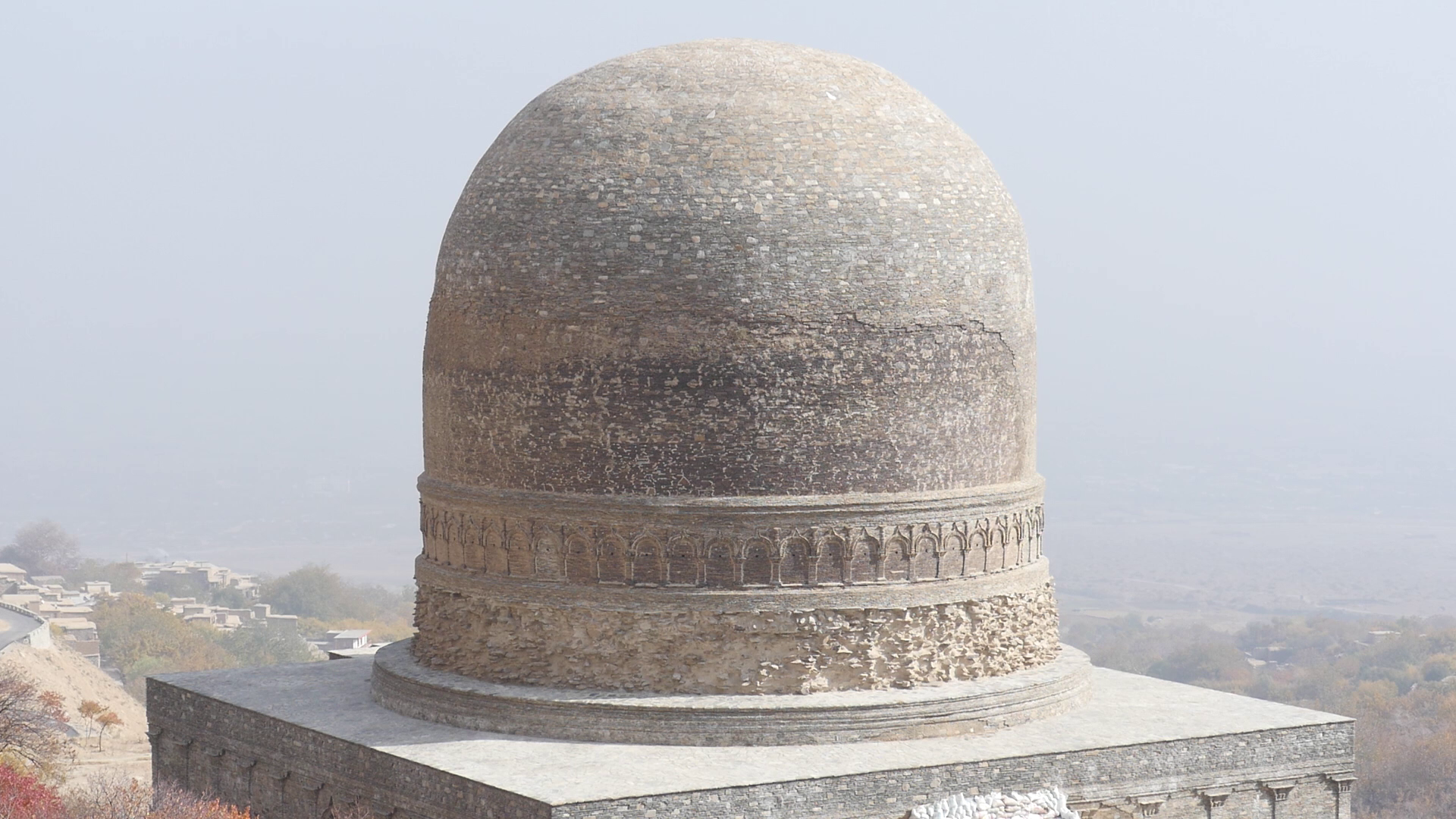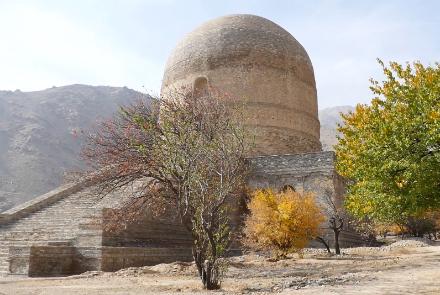The Afghan government has completed the renovation of a historic Buddhist stupa in the central province of Parwan, officials said.
The stupa that has 1,850 years of history is one of the cultural heritages in Afghanistan’s central region and could attract thousands of visitors in the future, officials predict.
During their researches, archeologists have discovered dozens of relics that date back to the Kushans and the Kanishka eras.
The 33-meter high stupa is located in the southern part of the Hindukush mountain range in the southern part of Charikar city, the center of Parwan province.
The history of the Buddhist stupa in the southern foothills of the Hindukush Mountain rage dates back to the time when Bagram was the summer residence of the Kushan Empire during the reign of Kanishka.
“In the Sanskrit language, a stupa means hill. The structures of the stupas are hill-like and they have circle shape,” said Mohammad Rustam Rustamzada, Parwan Information and Culture Director.

During their research, archeologists also discovered a temple that is 20 meters away from the stupa.
“In this room, there were four statues. Three of the statues are big and there is one small statue. So far only their legs have been discovered,” said Abdul Ghafar Raufi, an official of Parwan Information and Culture Directorate.
Abdul Hamid, a farmer in Parwan, said he farmed lands surrounding the stupa but he was not aware that he is area was once the center of an emperor.
“I am old, and I don’t have any income source. I hope they give the money of my lands,” said Abdul Hamid.
“We renovate 40 to 50 historical sites on an annual basis. Those sites that are located in secure provinces, they have visitors from within the country and abroad, but those sites that are located in insecure provinces, we are not able to reach them and undertake renovation activities,” said Saeeda Muzhgan Mustawawi, the deputy minister of information and culture for tourism.
The stupa is yet to open for visitors.



